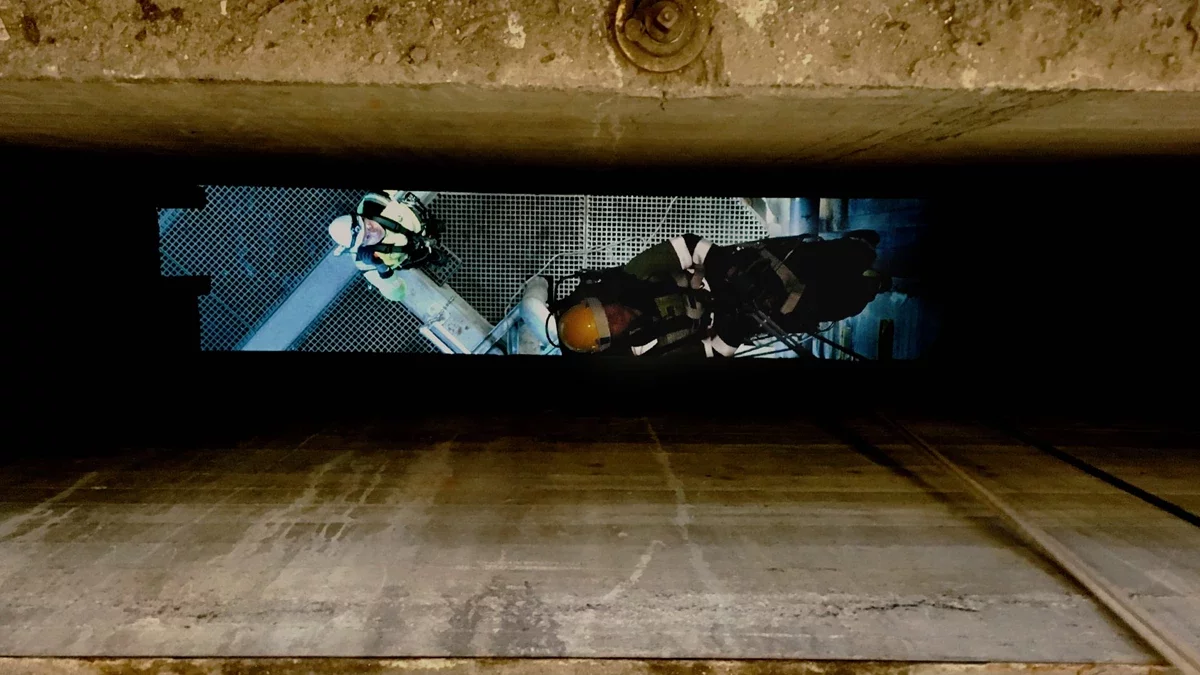The purpose of the Work Environment Act is to prevent ill-health and accidents at work and to create a good working environment (Chapter 1.1)
As an employee, you are probably familiar with the Swedish Work Environment Authority's Work Environment Act (AML) and the Swedish Work Environment Authority's work regulations (AFS).
The purpose of the Work Environment Act is to prevent ill-health and accidents at work and to create a good working environment (Chapter 1.1). It is the employer's responsibility to ensure that your work is done in a safe and good work environment, and that there are risk analyzes and a plan on how the work environment should be in your workplace. The employer is also responsible for ensuring that you have access to the right equipment and knowledge of the equipment, but you as an employee also have a responsibility to follow the training the employer has given you. (Chapters 2, 2§, Chapters 3, 1§, AFS 2001: 1, AFS: 2001: 3)
In the Swedish Work Environment Authority's work regulations (AFS) you will find specific regulations in addition to the general working environment law. These regulations are divided into work areas to more easily distinguish what applies in different workplaces. We are aware that these paragraphs can be somewhat difficult to interpret, so we have chosen to explain the most important regulations.
CONSTRUCTION
(AFS 1999:3 60a§) is for those working at height within the construction segment. It states that fall protection must be used if there is a risk of falling or the working height is 2 meters or more.
CLIMBING IN THE LADDER
Some work in construction and industry takes place from a ladder. According to the Swedish Work Environment Authority, this is not the safest, and in our opinion, the most efficient way to perform a job at height. Work from a ladder has an increased risk of accidents and therefore should a scaffold be used if possible. (AFS 2004:3 10-12§)
Although scaffolding is a safer way to work, it is important to understand the risks when building and dismantling a scaffold. The building of a scaffold should be done so that the risk of falls is minimized and that your personal fall protection equipment can be securely anchored. (AFS 2013:4 22§) Even when working on roofs, a ladder with back protection is sometimes used, i.e. a ladder that has a cage around it. Since 2015, it is also required to use personal fall protection as a complement when climbing such a ladder (AFS 1993:3).
MOBILE PLATFORM
When working in a skylift or mobile platform, fall protection equipment is required. Many people consider that the basket in a lift is a type of protection from falls, but this is not enough. In a mobile platform, personal fall protection equipment should be used in the form of a harness and a cushion if there is a risk that another vehicle may hit the lift. (AFS 2006:6 §§)
POLE AND TOWER CLIMBING
If you work in a tower or a pole, you have an obligation to ensure that you have the necessary knowledge when working in a pole, how to use your personal fall protection and can save an emergency person from a pole. Your personal fall protection equipment must be adapted to your work. Fall protection for work in the pole and tower should safely put you on hold in the event of a fall and ensure that the distressed person can remain in the equipment safely if help is needed. The Work Environment Act also calls for regular practice on rescue and evacuation situations to keep the knowledge updated. (AFS 2000:6 §§, AFS 2000:6 §§)
Check out our courses for Working in Pylons and Pole Climbing.
TRAINING
Everyone who uses fall protection should be trained in how to use the equipment safely. Our Fall protection training courses can help you work efficiently and safely without fall protection being an obstacle in your everyday work. Our courses always have practical exercises as part of the learning experience to increase understanding. We also offer various rescue courses. A fall accident can lead to serious injuries and even death, so there must be routines for performing a quick and safe rescue. Your employer is responsible for ensuring that your workplace has a rescue plan.
ANNUAL INSPECTION
As a user of personal fall protection, we recommend that you also be aware of the risks of misusing the equipment and maintaining the unit. Therefore, we can also offer annual inspection of your equipment or training to become a "Competent person" if you want to conduct your own inspection of your fall protection equipment.
READ MORE
AFS 1981:14 - Skydd mot skada genom fall
AFS 1999:3 - Byggnads- och anläggningsarbete
AFS 2000:6 - Mast- och stolparbete
AFS 2004:3 - Stegar och arbetsbockar
AFS 2004:5 - Användning av arbetsutrustning

